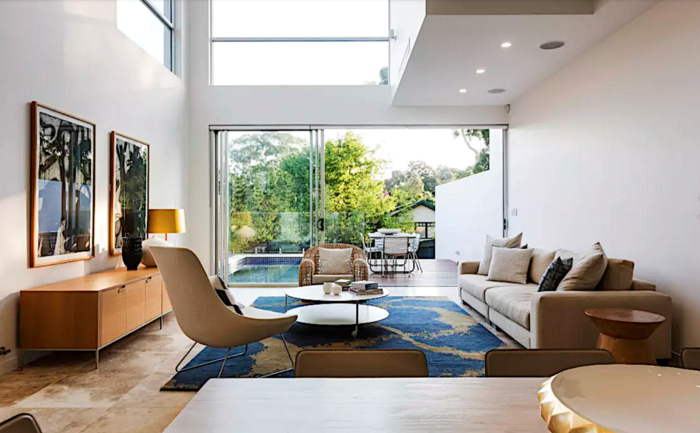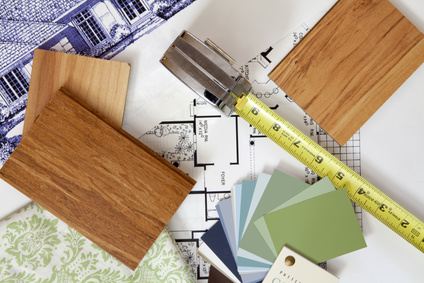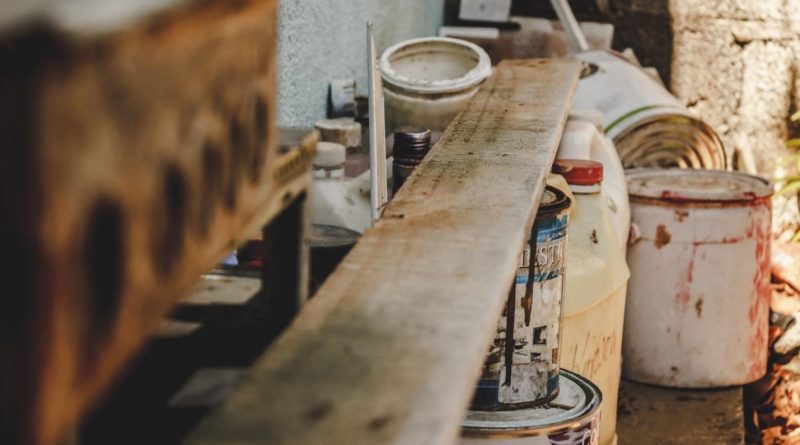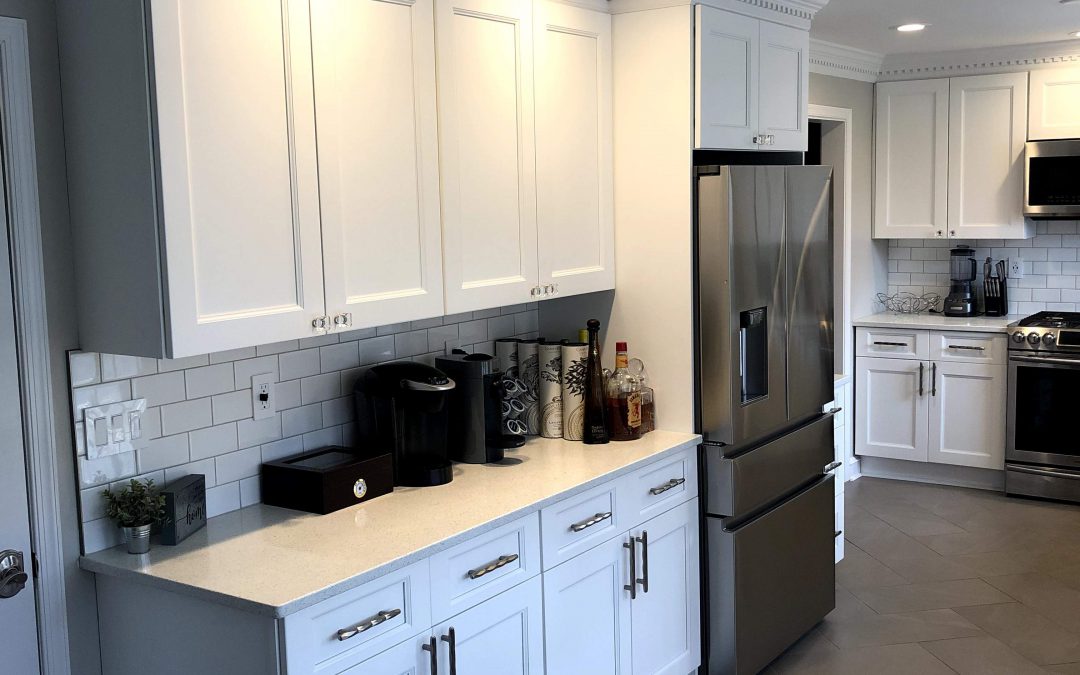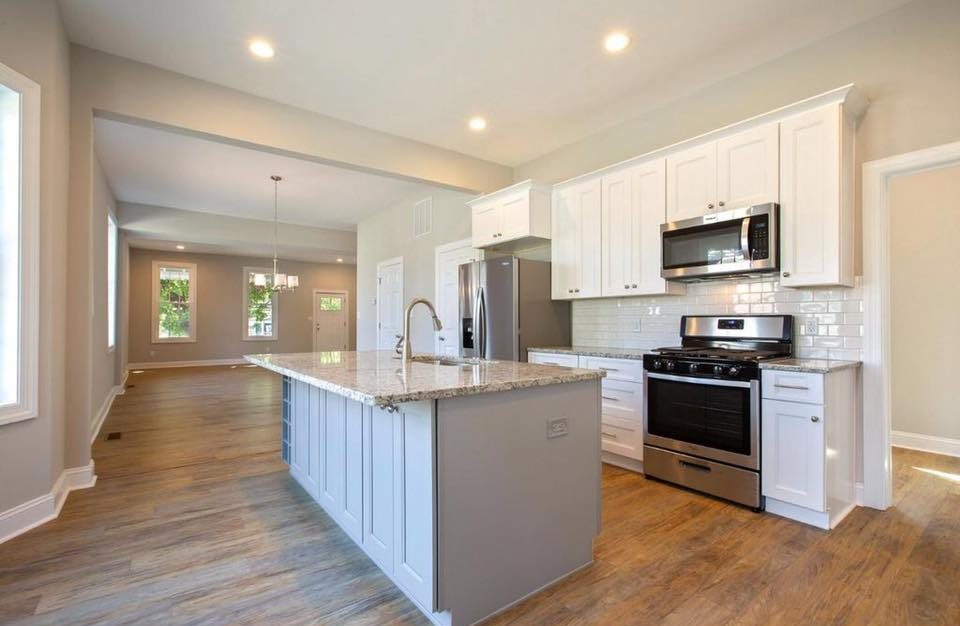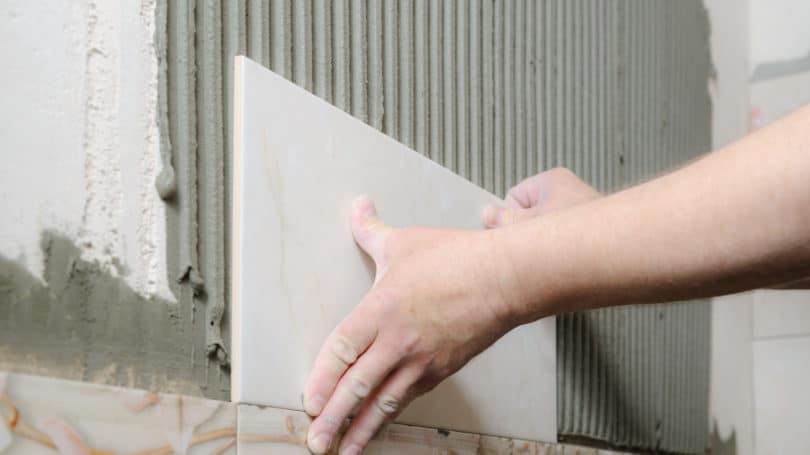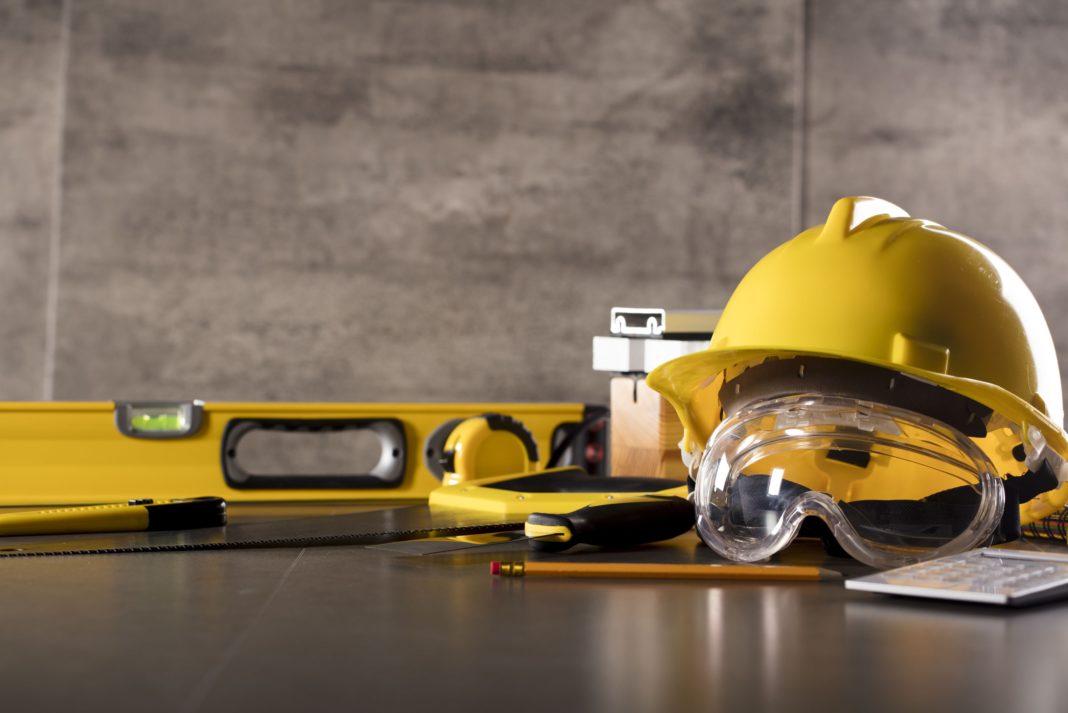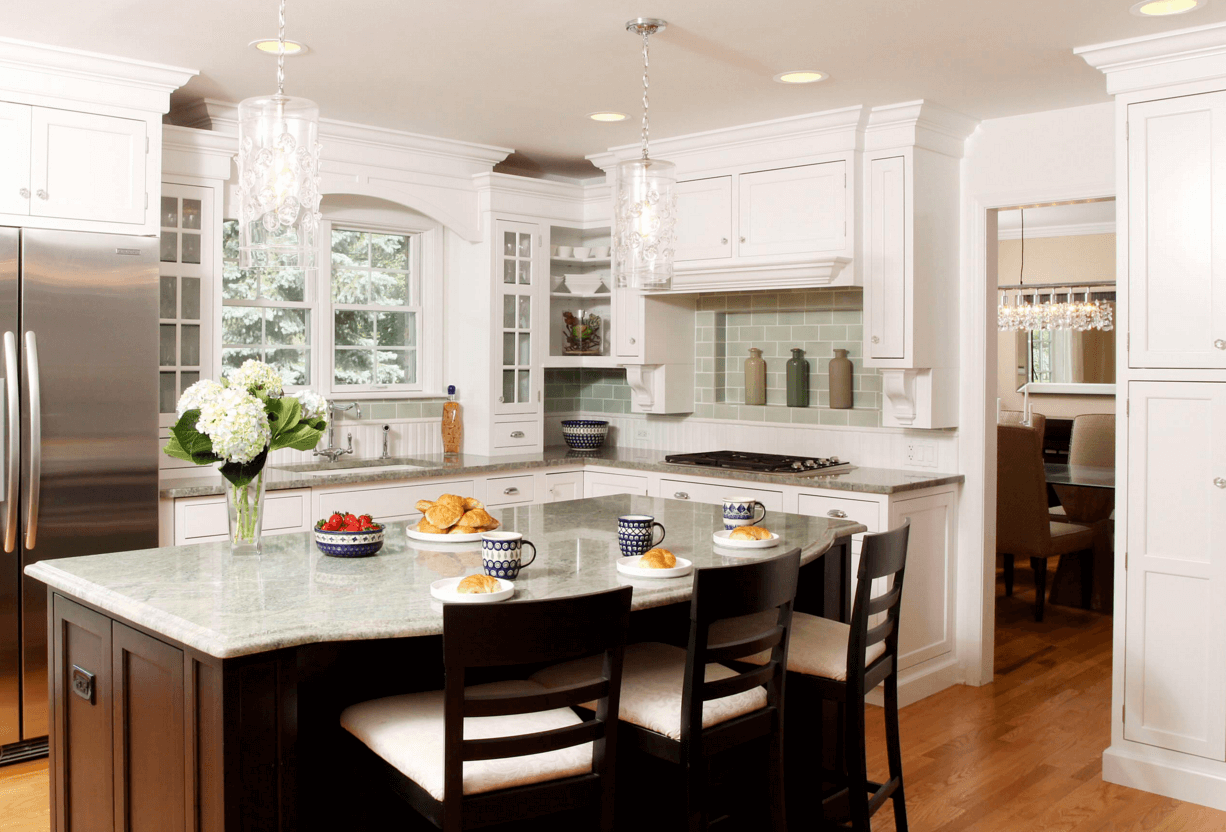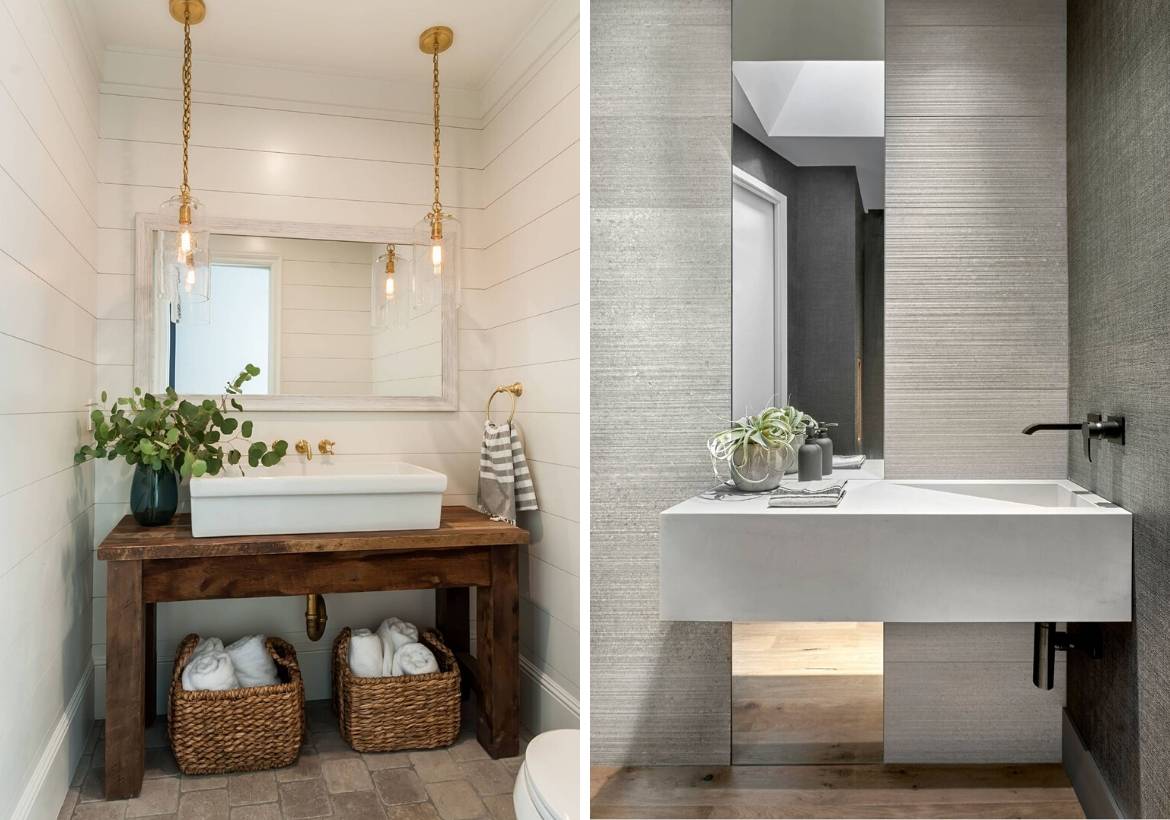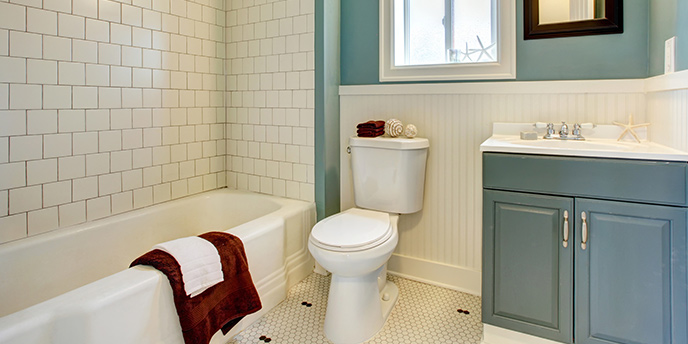Construction Software Buyer’s Guide
The step-by-step guide to choosing the best construction software. This is the only software buyer’s guide on the market created specifically for your needs as a home builder We want to make evaluating the right tool a little easier, because you’re working too hard to let pen and paper slow you down.
Own Your Data
Stay connected to the actionable insights you need to make smart management decisions —all while maintaining the highest standards of data security.
Standardize Projects
Align best practices and centralize workflows across each project. Learn from each build by identifying how optimizing consistent quality helps improve asset value.
Mitigate Risk
Our software helps protect yourself against surprise costs, schedule delays, and any potential disputes with real-time updates and unlimited access to historical information.
Whatever your project, there’s a construction software solution built for Groundbreakers like you.
We’ve partnered with the industry’s most innovative owners—Groundbreakers—to understand your needs and bring solutions to the table. The result is a series of products that help owners take control of their projects—no matter the type

Home Builder’s Guide to New Construction
Buying New Construction from a Home Builder
Whether you’re buying or renting, many of the homes in the housing market are older. In most cases, that means smaller rooms, chopped up floor plans, very little closet space, and parking hassles. That’s why many shoppers are checking out new construction homes because they come with features like open floor plans, large walk-in closets, and three-car garages.
Best Places to Begin Your New Home Search
One of the first things to do when you’re thinking about buying a home is the location. The area has some of the best places to live. But before you start shopping for new construction
besides setting a budget, you’ll need to decide how close you want to be from:
Your work – How important is a short commute? Is convenient public transportation essential? Would you be willing to have a higher mortgage for a shorter commute?
The beach – Do you love to surf, play volleyball, or relax at the beach? If so, consider how close the best beaches are.
The airport – If you travel a lot for either business or personal, living close to the local airports like LAX could be crucial.
Your family – Even if your family doesn’t live in the area, you can still live near an airport to make visiting easier.
Your friends – If entertaining is on the top of your list, then make sure you live close to where your friends live and hang out.
Riverside has several new home communities to check out.
Cloverdale Estates in Eastvale is centrally located and counties with convenient public transportation. There are designs and floor plans to meet a variety of new homebuyer needs. Buyers find luxury homes built for entertaining to designs perfect for growing families, and even floor plans specifically for multi-generation families.
Reflections at the Lakes is a gated community offering plenty of space with playgrounds, sports fields, and parks as well as trails for jogging and biking. Home designs come in both single and two-story. If you’d love to be part of an active neighborhood community, you should check this out.
New communities in Valley are close and this family-friendly area has top schools nearby and offers both single and two-story floor plans.

Residential Design & Construction Guides
Mobilizing Building Adaptation and Resilience (MBAR) is a multi-year, multi-stakeholder knowledge and capacity building project led by BC Housing, with participation and contribution from over 30 organizations, including national, provincial, and local agencies; and industry partners.
Mobilizing Building Adaptation and Resilience (MBAR) helps people protect their homes and buildings in the face of climate change. Pilot projects get access to resources and expertise about renovations and building design to help buildings remain comfortable, safe, and resilient even with heavier rainfall, hotter summers, wildfires, flooding, and windstorms.
MBAR addresses climate change impacts on buildings and neighborhoods. Knowledge created by the MBAR initiative can help building owners address and minimize the impacts of climate change on buildings and people living in them. Our easy-to-read one-page resources are designed to help your design team plan renovations or design a new building, providing guidance on:
Site strategies
Design strategies
Operations strategies
Community benefits
Potential design conflicts
Costs and impacts
Contaminants such as mould, major roads, and building materials, from inside and outside a building can affect indoor air quality. Climate scientists expect an overall increase in wildfire smoke and summer ozone. Exposure has been linked to short and long-term health effects.
Extreme temperatures and storms trigger high energy use to cool, heat, or otherwise maintain safety and comfort, especially in buildings with inadequate thermal resilience. High demand can overwhelm the power grid, while storms and floods can damage powerlines and transfer stations.
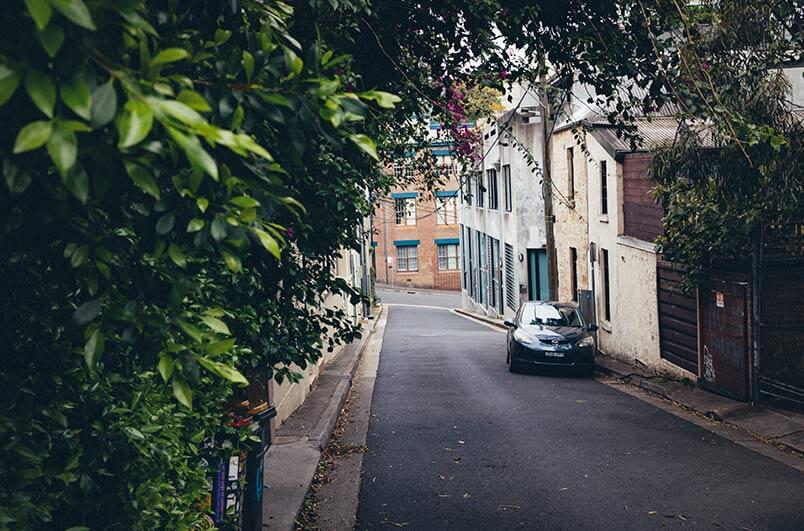
Home Builder Grant: The Definitive Guide
This is a complete guide to the new $25,000 HomeBuilder Grant in 2020. In this all-new guide you’ll learn:
If you will qualify for the HomeBuilder Grant
The exact criteria you need to meet to receive $25,000.
If permanent residents can qualify for the HomeBuilder grant.
Lots of advanced tips, strategies and common questions.
HomeBuilder Basics
Let’s start off things with a quick review of the basics. Specifically, I’m going to share what the HomeBuilder Grant is, and if you will qualify for the scheme. You’ll learn who will qualify, and who won’t qualify for this scheme in 2020.
What is the HomeBuilder Grant?
HomeBuilder is a government grant of $25,000 payable to eligible homeowners that either build a new home, or substantially renovate an existing home in 2020. Eligible homeowners need to build a new home valued under $750,000 or spend between $150,000 to $750,000 on renovations of a property valued up to $1.50M.
Do I qualify for the scheme?
The HomeBuilder scheme does have several qualifying criteria, including the type of property, your income and who you use as the builder
To be eligible for the HomeBuilder grant you must:
✅ Be earning below an income cap, if you are applying for the grant as an individual your ‘2018-2019 tax return or later’ must be below $125,000 or if you are applying as a couple the combined income on ‘your 2018-2019 tax return or later’ must be below $200,000.
✅ Sign a building contract after 4th June 2020 and before 31st December though a licensed or registered builder, so you cannot be an owner builder or use a contract from earlier in the year even if construction hasn’t started yet.
✅ Be building a new property that you will live in as your home, where the total value of the property (house and land) is not more than $750,000. So you cannot use HomeBuilder on an investment property.
✅ Be buying an off the plan apartment or townhouse that you have signed a contract to buy on or after 4th June 2020 and on or before 31 December 2020 and construction needs to start on or after 4 June 2020 (and no later than 3 months after the contract is signed). So if you are wanting to buy an off the plan property, and the construction started before 4th June 2020 – even if you signed the contract after 4th June you will not be eligible.
✅ Substantially renovate the existing home that you live in, and spend between $150,000 and $750,000 on a renovation contract where the value of your home (house and land) is not more than $1,500,000. The renovations need to “improve the accessibility, livability and safety” of your home and cannot be used to build things outside of your home like a swimming pool, tennis court or sheds.
✅ Begin construction of your new home, or renovations within 3 months of the building contract date. So if the contract is dated 1 October 2020, your builder needs to have started construction on or before 1 January 2021.
✅ Own, or be buying a property in your individual name and not a company or trust.
✅ Be an Citizen, unfortunately the scheme is not available to non residents, permanent resident’s
A guide to choosing a builder right for you
There are several important factors to take into account before choosing a builder for a new home.
Choosing a builder for a new home can be time-consuming but it’s time well spent when you consider the amount of money involved.
Price and budget are major considerations. There are specialist builders for first time buyer homes, mid-range project homes, top end custom designs, and for the very high budget there are luxury builders. There is little point approaching a first home builder to build a custom home because their budget, repeat design, business model will most likely prevent them from being able to be competitive in a one-off build. In a similar way a luxury home builder just won’t want to build a small home where there is little or no comparative margin to his more luxurious product.
Reputation and references are also key to getting the best builder for you. Many clients want the perceived security of a household name to build for them based on the company’s built-volume to guide their choice. It is very important to read reviews and speak to past or current clients building with a company before you choose to sign up with them. A good builder will have no issue letting you speak to customers and they should be able to supply good, verifiable references.
Financial stability is crucial in today’s highly competitive market. Builders are cutting prices to keep busy and whilst that looks good on paper, cut prices are not sustainable in the long term because every business needs profit to build stability for the future. You may have got the best price in town but if the builder is not around to build for you it’s a very hollow victory! Credit references can be sourced from any number of online agencies and whilst they are not a guarantee to performance, they are the best source of information about how strong a company is. Pay particular care to check if the company pays its suppliers on time and if it has a good solid rating in the industry
Home style and type preference matter too. If you are very eco-friendly and want a lot of sustainable features look for a specialist builder who has experience in that area. If you are building a complicated under croft thre- storey home don’t go to a small project home builder who builds stunning single storey display homes. They probably won’t have the staff or trades to move on to a complex construction. Likewise, many builders specialise in certain styles. If you want to build a farm house style home on a big acreage, it’s probably best to avoid the cubic modernist styles that some suburban builders are producing solely in line with popular trends. The key is to find the right fit for your home build. Ask how many homes are built of a type or style by the builder. They may have a beautiful portfolio of drawn designs but have never built the one you want!
